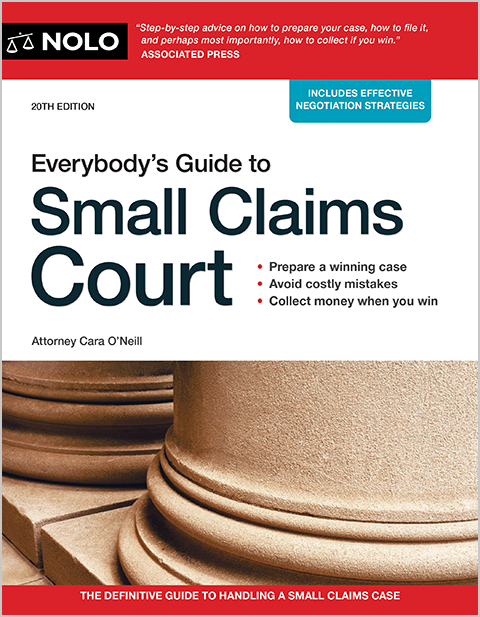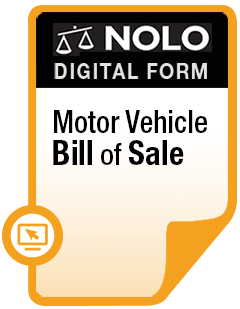How seat belt injuries occur, how they can be prevented, and legal issues that can be raised around these kinds of injuries.
Statistically, it's been proven that seat belts save lives in car accidents. Of course, wearing a seat belt alone can't ensure the safety of drivers and passengers. And at rare times, the seat belt itself may cause injuries.
While the majority of seat belt injuries are minor—and even expected, especially in high-impact crashes—some car accident injuries caused by seat belts can be serious. Let's look at how seat belt injuries (including "seat belt syndrome") occur, how these injuries can be prevented, and the kinds of legal issues that can be raised when seat belt injuries are part of a car accident claim.
What Causes Seat Belt Injuries?
In some of the most common car accident scenarios, a vehicle comes to a sudden stop, requiring a seat belt to restrain a still-moving driver or passenger. A rear-end car accident is a typical example.
While a seat belt may indeed prevent severe injury when it's worn properly and it functions as intended, it's entirely possible that the seat belt itself can cause injury to a driver or passenger, due to a variety of factors, including:
- the severity of the accident/impact
- unusually tight restraints
- seat belt malfunction
- improper placement of the belt on the body, or
- manufacturer defect/"product liability"; more on this later).
Types of Seat Belt Injuries
Most seat belt injuries are minor and involve bruising and scrapes from the restraints, with severity that typically corresponds to the severity of the collision.
Generally, lap belts are responsible for internal injuries to the abdomen and spinal cord, while shoulder belts often result in injuries to the shoulder, neck and sternum.
The most severe injuries that can be caused by (or made worse by) seat belts include:
- spinal/vertebrae fractures
- ribcage injuries
- dislocations
- internal organ damage
- internal bleeding (the kinds of car accident injuries that may not show up right away)
- spine injuries, and
- intestinal/bowel injuries.
What Is "Seat Belt Syndrome"?
When a driver or passenger comes away from a car accident with cuts, abrasions, or bruising that make a "seat belt sign" on their neck, chest, and abdomen (tracing the location of the shoulder and lap belt), health care providers are trained to check for injuries that are often referred to as "seat belt syndrome." This visual evidence of injury is often accompanied by tenderness in the abdomen.
"Seat belt syndrome" can indicate that the driver or passenger has suffered the kinds of intestinal or bowel injuries (like peritonitis) that can be serious, or even fatal, even though they're not apparent right away. Learn more about the importance of getting medical care after a car accident.
How to Prevent Seat Belt Injuries
Proper placement of a seat belt on a vehicle occupant is one of the keys to the prevention of seat belt-related injuries. According to the National Highway and Safety Administration (NHTSA):
- The shoulder belt should be placed across the middle of your chest and away from your neck
- The lap belt should be placed firmly across your hips and below your stomach
- Never place the shoulder strap behind your back or under your arm, especially merely out of desire for comfort.
- No belt should ever be uncomfortably tight or so loose as to allow the occupant to freely move about in the seat.
Seat Belt Injuries Caused By Vehicle Defects
Some seat belt injuries are caused by defects in the seat belt restraint system itself—meaning that the seat belt didn't perform as it should have, because of:
- a flaw in its design, or
- a mistake in the manufacturing process.
Examples of these kinds of seat belt defects include defective latches or defective tension detectors. A defective latch may cause the seat belt to detach through the force or angle of impact in a collision. Defective tension detectors may fail to remove slack in the belt, or fail to keep a belt taut after any slack is removed.
In situations where an injury can be attributable to a seat belt malfunction or the manufacturer's design defect, injured drivers and passengers may be able to bring a products liability claim against the vehicle manufacturer. Learn more about lawsuits over vehicle defects.
Seat Belt Injuries Can Complicate a Car Accident Claim
What happens when you're in a car accident and it looks like at least some of your injuries were caused by the seat belt you were wearing? After all, there's no telling what other kinds of car accident injuries were prevented by the fact that you were wearing a seat belt. So, is the at-fault driver still liable for all of your injuries?
Even if the other driver is found to be at fault for your car accident, if all signs indicate that your injuries were mostly (or completely) caused by a seat belt that didn't work the way it should have, things are going to get complicated pretty quickly. The other driver's insurance company probably isn't going to accept full financial responsibility for the full extent of your injuries and related losses ("damages"), and will likely argue that a lawsuit against the vehicle manufacturer is your best course of action. Even if that argument isn't a legally sound one, a lawyer's help might be necessary at this point.
Seat Belt Injuries and "Damages"
It's true that seat belt injuries can complicate a car accident claim, and can lead to the potential liability of more than one party (like the other driver and the vehicle manufacturer). But the kinds of losses ("damages") that can be compensated in this kind of injury-related car insurance claim or lawsuit can include:
- the injured person's car accident-related medical bills
- the cost of future medical care made necessary by the injuries
- lost income and other financial losses, and
- physical and mental "pain and suffering."
Next Steps After a Car Accident With Seat Belt Injuries
If you're involved in an accident where your seat belt might have made your injuries worse—and especially if you think the vehicle's restraint system might not have functioned properly—it may be time to talk with an experienced legal professional. Learn more about how an attorney can help with your car accident claim, and get tips on finding the right injury lawyer.



